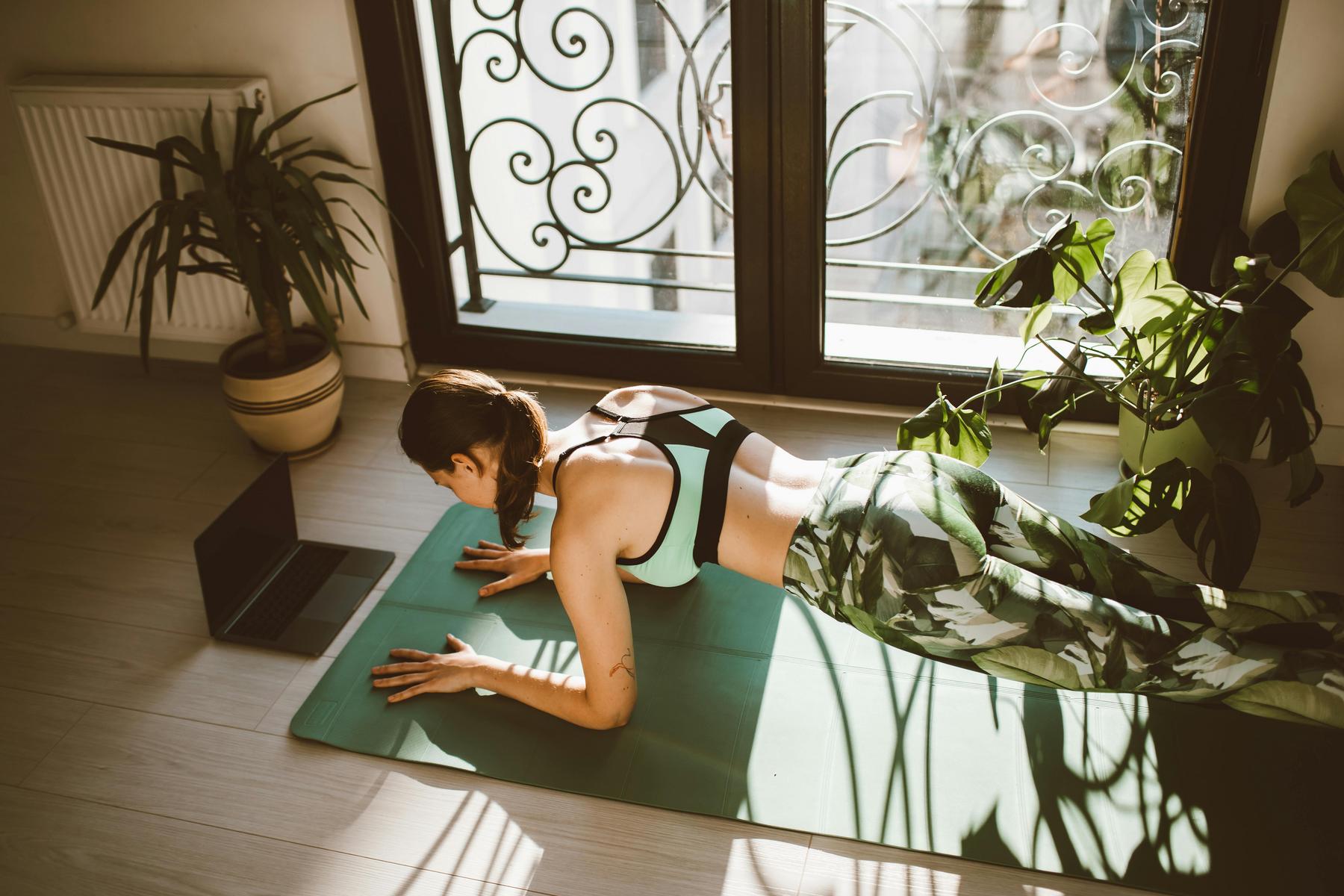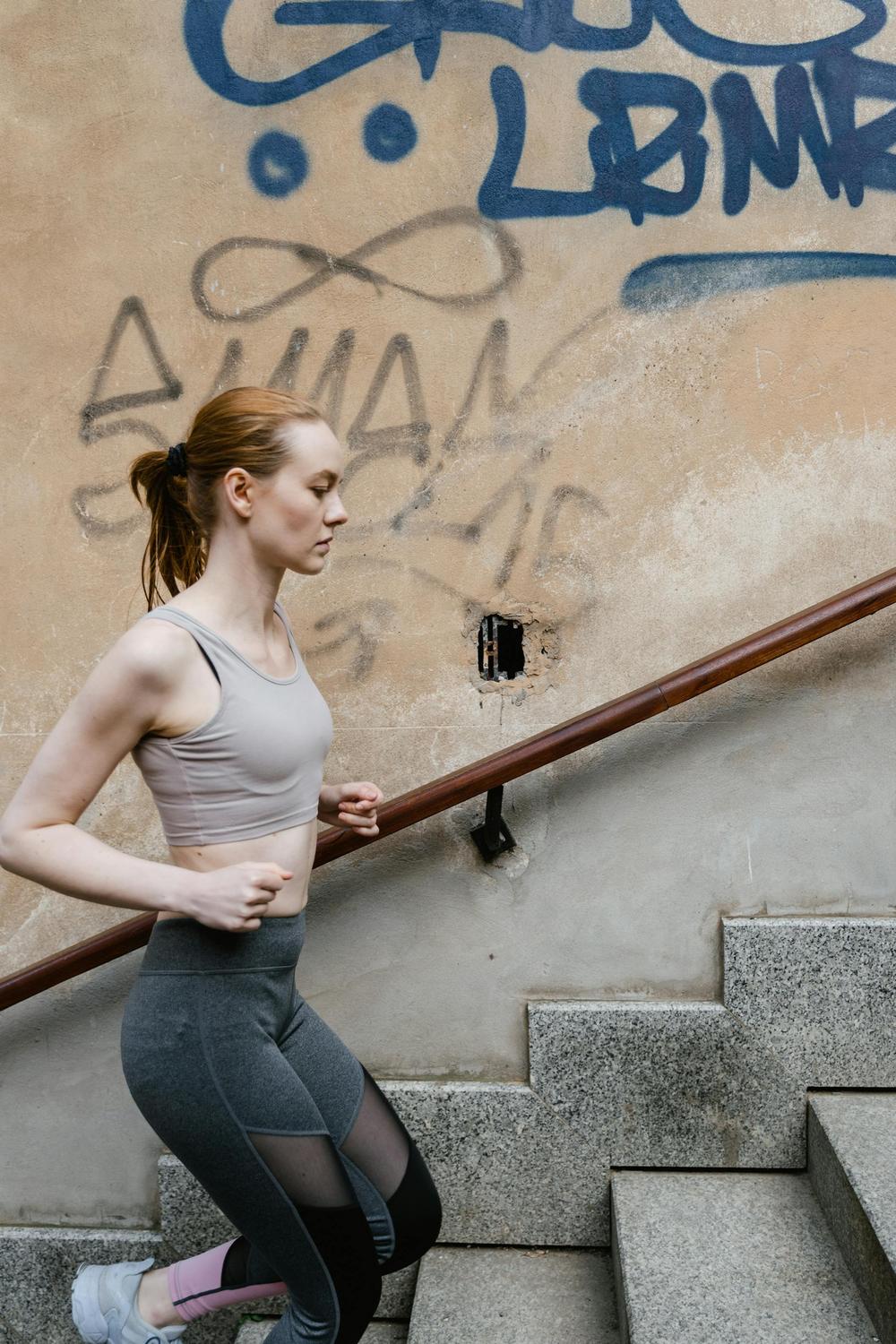In a time when health and wellness have become paramount, the traditional gym membership model is increasingly being questioned by cost-conscious Australians. While commercial gyms offer equipment variety and social atmosphere, they also come with hidden costs that extend beyond the monthly membership fee. The solution? A strategically planned home gym that delivers professional results without breaking the bank. This comprehensive guide will walk you through creating an effective, budget-friendly fitness space that pays dividends for years to come.
Why Should You Consider Building a Home Gym in 2025?
The economic argument for home gyms has never been stronger. Current data shows Australian gym memberships average $81 per month or $972 annually, with most members maintaining subscriptions for 3-7 years. By comparison, a thoughtfully planned home gym requiring a $2,000-$3,000 initial investment typically breaks even within 2-3 years while providing unlimited, 24/7 access to equipment.
Commercial gyms also conceal numerous indirect expenses that significantly inflate the true cost:
- Travel Expenses: The average 15-minute commute to gyms equates to approximately 6.5 days annually spent simply traveling to facilities
- Time Valuation: When quantified at minimum wage rates, this opportunity cost adds roughly $780 per year in hidden expenses
- Supplemental Charges: Research indicates 68% of gym members pay additional fees for locker rentals, specialised classes, or premium equipment access
Beyond financial considerations, home gyms eliminate common barriers to consistent exercise: inclement weather, scheduling conflicts, and gym anxiety. This accessibility translates to greater workout adherence—a crucial factor in achieving long-term health objectives.
What Equipment Should You Prioritize on a Limited Budget?
The most effective approach to building a home gym involves strategic, tiered investments that prioritize versatility and space efficiency. Here’s how to maximize impact at different budget levels:
Entry-Level Systems ($300-$800)
With limited funds, focus on multi-functional equipment that delivers maximum exercise variety:
- Adjustable Dumbbells: A quality set with 5-50kg range replaces 15+ fixed-weight pairs, saving thousands in equipment costs and substantial storage space
- Suspension Training Systems: These portable units provide over 200 exercise variations using just 2 square feet of space
- High-Density Exercise Mats: Essential for protecting flooring while enabling a wide range of bodyweight exercises
At this budget level, prioritize equipment that targets multiple muscle groups simultaneously to maximize workout efficiency and results.
Mid-Range Optimization ($800-$2,500)
With a moderate budget, incorporate equipment that enhances workout diversity and progressive overload capability:
- Foldable Power Racks: These structures support compound lifts while featuring integrated pull-up bars for upper body development
- Hybrid Cardio Equipment: Rowing machines represent excellent value, delivering full-body conditioning in a relatively compact footprint
- Modular Storage Solutions: Wall-mounted systems can store 300+ kg of weights in just 4 square feet of vertical space
This tier represents the optimal balance between investment and functionality for most home fitness enthusiasts.
Premium Configurations ($2,500-$5,000)
At higher budgets, achieve commercial-grade performance at 40-60% of retail gym costs through:
- Refurbished Commercial Equipment: Pre-owned treadmills with 3HP motors offer significant savings over new models
- Olympic Barbell Sets: Quality bars with bumper weight plates facilitate advanced strength training
- Smart Fitness Technology: LCD-enabled equipment that syncs workout metrics to fitness applications
Even at this premium tier, the long-term economics remain favorable compared to extended gym membership commitments.
How Can You Maximize Limited Space for Your Home Gym?
Space constraints represent a significant concern for many Australians, particularly in urban settings. Fortunately, modern equipment design and creative storage solutions make effective workouts possible even in compact environments.
Micro-Gym Design Principles
Urban dwellers can create high-functioning workout zones in as little as 50 square feet by implementing:
- Vertical Storage Solutions: Wall-mounted racks can hold up to 400kg of equipment while occupying zero floor space
- Foldable Equipment: Contemporary treadmill designs collapse to just 10 inches depth when not in use
- Multi-Functional Furniture: Adjustable benches that convert between flat, incline, and specialized stations
For apartments and small homes, prioritize equipment that can be easily stored or serves dual purposes as both furniture and fitness tools.
Climate Considerations for Garage and Outdoor Setups
For those utilizing garages or covered outdoor spaces, environmental factors require attention:
- Humidity Control: Dehumidification systems prevent metal oxidation that can damage equipment
- UV-Resistant Flooring: Specialized rubber matting protects against sun damage in partially exposed areas
- Temperature Regulation: Maintaining a 15-30°C operational range helps ensure equipment longevity
These considerations are particularly relevant in Australia’s diverse climate zones, from tropical north to temperate south.
Which Cardio Options Offer the Best Value for Money?
Cardiovascular equipment often represents a substantial portion of home gym budgets. This comparative analysis helps identify optimal investments:
| Equipment Type | Avg. Cost (AUD) | Space Required | Calorie Burn/Hour | Annual Maintenance |
|---|---|---|---|---|
| Jump Rope | $15 | 1 sq ft | 700-1000 | $2 |
| Foldable Bike | $450 | 6 sq ft | 400-600 | $50 |
| Manual Treadmill | $800 | 12 sq ft | 600-800 | $100 |
| Smart Rower | $1,200 | 8 sq ft | 500-700 | $150 |
This comparison reveals that simple tools like jump ropes deliver exceptional value, while more sophisticated options like rowing machines offer excellent functional benefits despite higher initial costs.
For strength equipment, Olympic barbell systems provide superior long-term value, with quality bars lasting 10+ years even under significant loads. Iron weight plates cost approximately 60% less than rubber-coated alternatives while maintaining core functionality.
Is DIY Gym Equipment Worth Considering?
For the most budget-conscious fitness enthusiasts, DIY alternatives can deliver substantial savings without compromising workout quality.
Custom Weight Manufacturing
Using readily available materials like Quikrete 5000 mix, hobbyists can create functional weight plates at approximately 80% savings compared to commercial products:
- Construct form molds using melamine boards with center pipe inserts
- Pour concrete mixture reinforced with steel mesh for durability
- Allow 72-hour curing time before applying rubberized coating for protection
These DIY weights perform effectively for most strength training applications, though they lack the precise calibration of commercial products.
Wooden Rack Construction
Treated lumber can create surprisingly robust strength training stations:
- 4×6 timber frames can support static loads exceeding 400kg when properly braced
- Angled safety bars cut from 2×12 planks provide protection during heavy lifts
- Total materials cost for a functional power rack averages $180, compared to $800+ for commercial equivalents
While these DIY options require moderate construction skills, they represent significant value for those willing to invest time in exchange for cost savings.
How Can Your Home Gym Support Overall Health Goals?
The modern home gym increasingly functions as an integrated health management center rather than just an exercise space.
Technology Integration
Contemporary fitness equipment often incorporates health monitoring capabilities:
- Bluetooth-enabled scales that sync body composition data to weight management platforms
- Video conferencing setups for remote physiotherapy or personal training sessions
- Smartphone-based form analysis using AI to prevent injury and optimize technique
These technological integrations create valuable synergies between physical activity and comprehensive health management. Weight management programs particularly benefit from consistent tracking of physical activity alongside nutritional and medical interventions.
The combination of regular exercise through a home gym and professional healthcare guidance creates a powerful framework for sustainable health improvements. Research consistently demonstrates that individuals who combine structured physical activity with medical supervision achieve superior outcomes in weight management programs.
Future-Proofing Your Home Fitness Investment
As we look toward the remainder of 2025 and beyond, several trends suggest continued evolution in home fitness:
- Increased integration of virtual reality for immersive workout experiences
- Further miniaturization of formerly bulky equipment
- Enhanced connectivity between fitness devices and telehealth platforms
When building a home gym today, consider equipment compatibility with digital platforms and adaptability to emerging technologies. This forward-thinking approach ensures your investment remains relevant as fitness technology continues to advance.
The convergence of affordable equipment, smart technology, and telehealth integration creates unprecedented opportunities for comprehensive home-based fitness. By implementing strategic budgeting and space-efficient designs, Australians can achieve commercial-grade results at 30-50% of traditional costs.
What is the minimum budget needed for an effective home gym?
An effective home gym can be established for as little as $300-500 by prioritizing versatile equipment like adjustable dumbbells, resistance bands, and a quality exercise mat. This entry-level setup enables hundreds of effective exercises targeting all major muscle groups. As budget allows, strategic additions can expand workout variety and progressive overload capacity.
How much space do I need for a functional home gym?
A functional home gym can be created in as little as 2×2.5 meters (approximately 50 square feet). Space optimization strategies like wall-mounted storage, foldable equipment, and multi-purpose stations maximize workout possibilities in compact areas. Even a dedicated corner of a bedroom or living room can accommodate an effective minimalist setup.
Is it better to buy new or used gym equipment?
Both options offer distinct advantages. New equipment provides warranties and current technology but at premium prices. Quality used commercial equipment often represents exceptional value, delivering professional-grade durability at 40-60% of retail cost. For budget-conscious buyers, refurbished commercial-grade equipment often provides the optimal balance of quality and affordability.
How can I maintain motivation when exercising at home?
Maintaining motivation in a home gym environment involves several evidence-based strategies: establishing a dedicated space used exclusively for exercise, scheduling workouts as non-negotiable appointments, incorporating variety through different training protocols, tracking progress with measurable metrics, and potentially utilizing online communities or virtual training sessions for accountability.
Will a home gym help with weight management goals?
A home gym significantly enhances weight management success by removing barriers to consistent exercise—a crucial component of sustainable weight control. The convenience factor dramatically improves adherence rates compared to commercial gym memberships. For optimal results, combine regular home workouts with professional nutritional guidance and, where appropriate, medical supervision.



